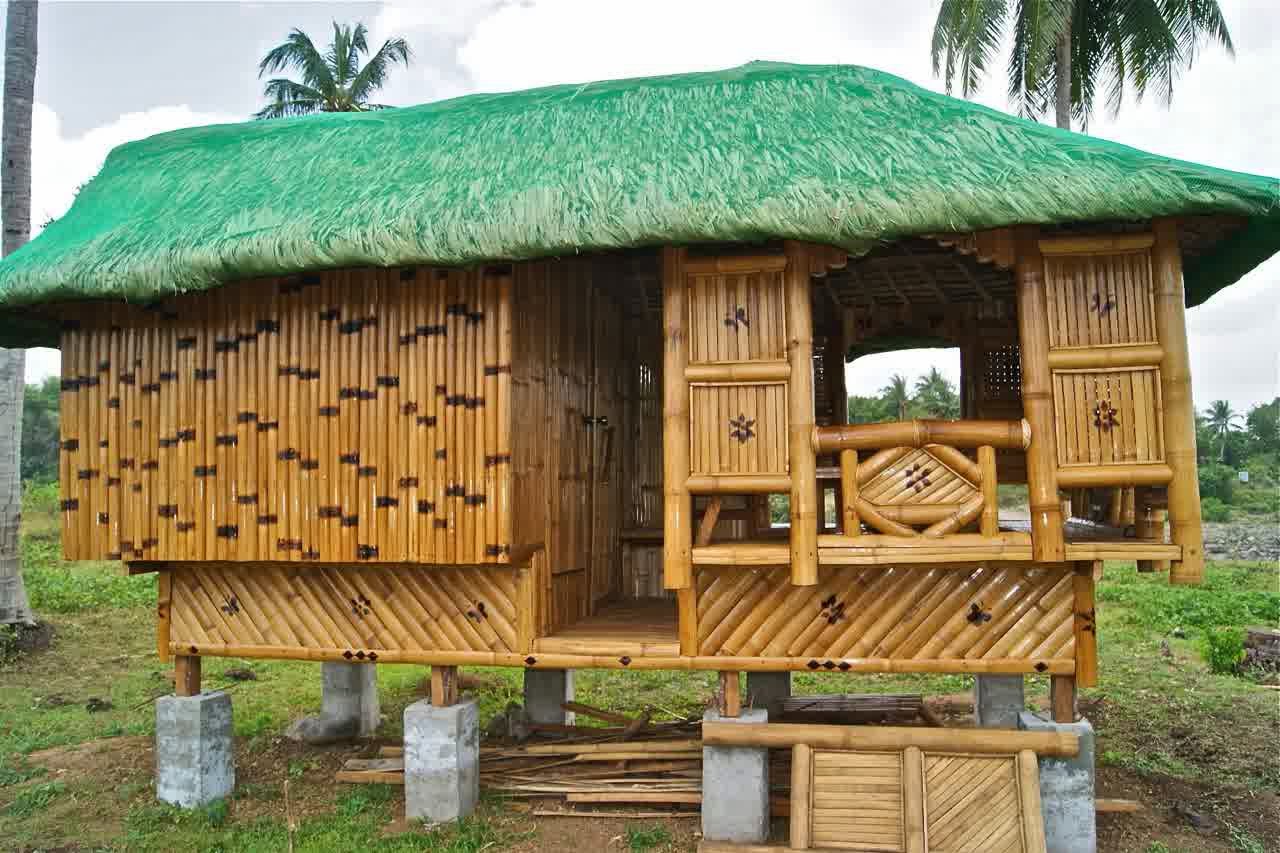In a world increasingly concerned with sustainability and environmental impact, the bamboo house stands out as a beacon of eco-friendly architecture. This unique construction method utilizes one of the fastest-growing plants on Earth, making it a highly renewable resource. With its remarkable strength and flexibility, bamboo offers not only a sustainable building material but also a versatile and aesthetically pleasing option for modern homes.
The bamboo house concept is gaining popularity globally, particularly in regions where bamboo is abundant. It reflects a deep respect for nature and promotes a lifestyle that harmonizes with the environment. Additionally, bamboo construction can be cost-effective, providing affordable housing solutions in areas where traditional materials may be scarce or prohibitively expensive.
As we explore the various aspects of bamboo houses, from their architectural designs to their environmental benefits, we will uncover why this innovative approach to building is becoming a preferred choice for many seeking a sustainable future.
What Are the Benefits of Living in a Bamboo House?
Bamboo houses come with numerous advantages that appeal to both homeowners and environmentalists alike. Here are some of the key benefits:
- Sustainability: Bamboo is a renewable resource that grows rapidly and can be harvested without damaging the ecosystem.
- Cost-Effective: Building with bamboo can be significantly cheaper than using traditional materials like brick or concrete.
- Natural Insulation: Bamboo has excellent thermal properties, keeping homes cool in summer and warm in winter.
- Lightweight and Strong: Despite its lightweight nature, bamboo is incredibly strong, making it ideal for construction.
How Is a Bamboo House Constructed?
The construction of a bamboo house involves several unique techniques that harness the material's properties effectively. Here’s a basic overview of the process:
- Site Preparation: Selecting a suitable location and preparing the ground is essential for a stable foundation.
- Foundation: A solid foundation is laid, often using concrete or stone to ensure durability.
- Frame Construction: Bamboo poles are cut and joined together to create the structural framework of the house.
- Roofing and Walls: Bamboo can be used for roofing and wall panels, offering flexibility in design.
Are Bamboo Houses Environmentally Friendly?
Yes, bamboo houses are considered extremely environmentally friendly. Here’s why:
- Bamboo absorbs carbon dioxide as it grows, contributing to a reduction in greenhouse gases.
- The cultivation of bamboo helps prevent soil erosion and can improve soil health.
- Using bamboo reduces the demand for timber, helping to preserve forests and biodiversity.
Can Bamboo Houses Withstand Natural Disasters?
A common concern regarding bamboo houses is their ability to withstand natural disasters. Fortunately, bamboo's inherent flexibility and strength make it resilient against earthquakes and strong winds. Engineers and architects are continually improving bamboo construction techniques to enhance durability further.
How Do Bamboo Houses Compare to Traditional Homes?
When comparing bamboo houses to traditional homes made from concrete or bricks, several factors come into play:
- Cost: Bamboo houses are generally more affordable to build and maintain.
- Environmental Impact: Bamboo has a lower carbon footprint compared to traditional building materials.
- Design Flexibility: Bamboo allows for more creative and organic designs.
What Are the Challenges of Building a Bamboo House?
Despite their many advantages, bamboo houses do face challenges, including:
- Perception: Bamboo is often viewed as a less desirable building material in some cultures.
- Maintenance: Bamboo requires regular maintenance to protect against pests and weathering.
- Regulatory Issues: Building codes in certain areas may not accommodate bamboo construction.
Who Is Leading the Bamboo House Movement?
Many architects and organizations are pioneering the bamboo house movement across the globe. One notable figure in this field is **Dr. Huang D. Hsiao**, a renowned architect dedicated to sustainable architecture.
| Name | Profession | Nationality | Notable Works |
|---|---|---|---|
| Dr. Huang D. Hsiao | Architect | Chinese | Bamboo House Project, Sustainable Housing Initiative |
Conclusion: Why Consider a Bamboo House?
In conclusion, a bamboo house not only offers a sustainable living solution but also presents a unique opportunity to reconnect with nature. As we face the challenges of climate change and urbanization, embracing bamboo as a building material can pave the way for a greener future. By choosing to live in a bamboo house, individuals can contribute to environmental preservation while enjoying the beauty and strength of this remarkable plant.
Article Recommendations
- Who Is Kathleen Turners Partner
- Taylor Breesey Video
- Amelia Heinle And Thad Luckinbill Back Together
- William Macy Young
- Dennis Pegg Wife
- Archie And Lilibet Photos 2024
- Jerry Cantrell And His Wife
- Newsmax Female Anchor
- David And Rebecca Muir Wedding
- Simon Cowell Son Disabled


